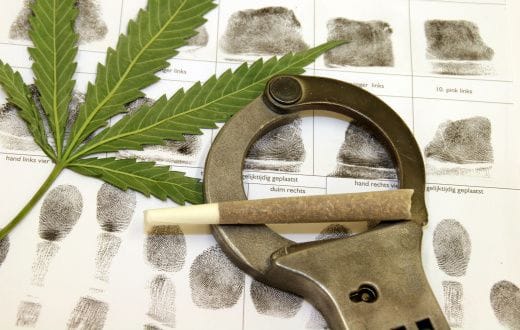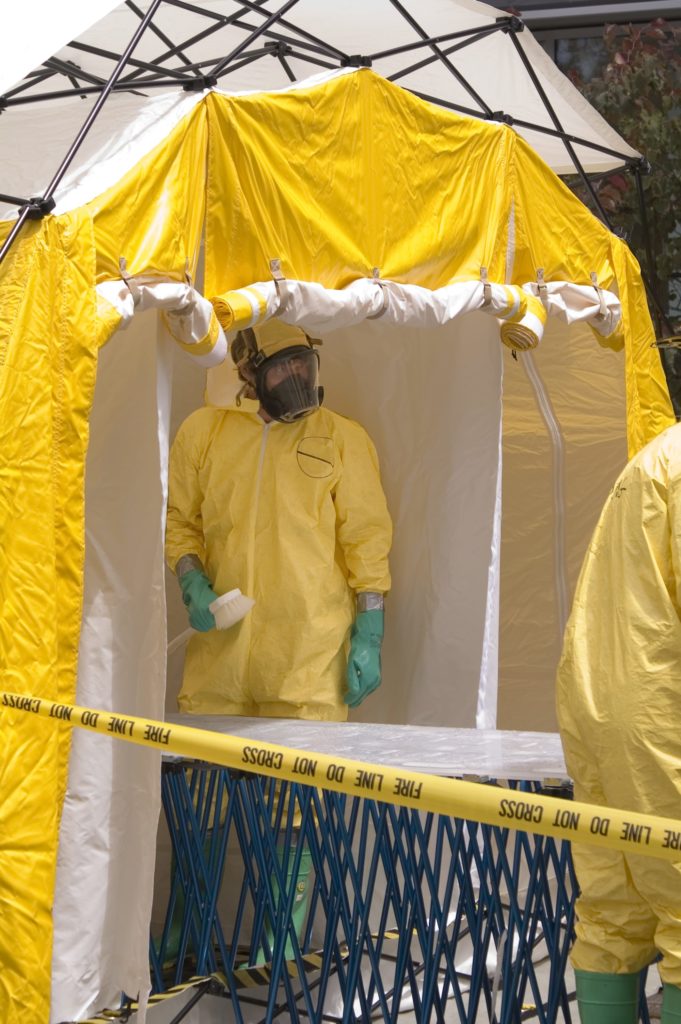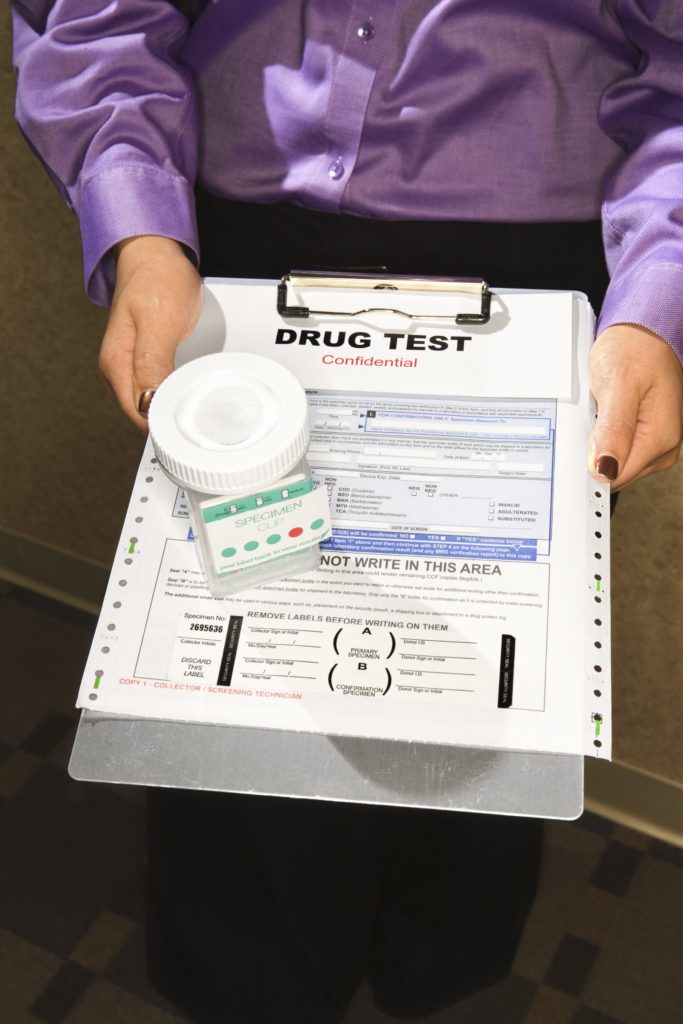Peer influence is an important factor in decision-making among adolescents. Parents, teachers, and other adults take a backseat, as tweens and teens start to consult friends their own age about choices and problems. One area heavily influenced by peer behavior and opinions is substance use. However, research is still being conducted to understand the ways that adolescents influence one another’s decisions and behaviors. Because there is a heavy association between adolescent drinking and friendships with other adolescents who drink, it is important to explore how friends influence decisions.
A recent study examines adolescent reports of friend alcohol use, smoking and deviant behavior and the accuracy of those reports. Katherine A. Belendiuk, Brooke S. G. Molina and John E. Donovan studied the friend pairs and also examined the quality of relationship between the friends and demographic variables. Because past research has looked at influence of friends’ drinking based on the perceptions of the adolescent friend, this study measured the accuracy of those reports.
The researchers compared adolescent perceptions of a friend’s drinking, smoking and deviant behavior and the reports of that friend. The researchers used relationship characteristics and demographic variables as predictors of report concordance. The study used Wave 9 of the Tween to Teen Project to recruit 232 participants aged 13 or 15. 53 percent of the adolescents were female. 59 percent of the targets had at least one reciprocally endorsed friend participate.
The targets completed a computer-assisted interview, and friends were called by telephone. The results of the study show that target perceptions of friend and actual self-reports by the friend were largely in agreement, though concordance was largely based on agreement regarding the absence of behavior. For example, 22 percent of friends drank and 8.6 percent smoked, but fewer than 60 percent of targets were aware of the behaviors.
Deviant behavior showed a moderate correlation, with 51 percent of adolescents reporting friend deviance at a lesser rate than the self-report results. There were few predictors of report concordance found in the study. The findings of the study show that while adolescents and the friends were in agreement about their alcohol use, smoking and deviant behavior, agreement was most often found when discussing the absence of behavior.
Most targets underreported their friend’s deviant behaviors. Because research on the influence of peers in adolescent decisions has been based on friends’ perceptions, this study’s findings showing agreement between friends on the levels of alcohol use will help establish friend’s perceptions as a reliable indicator of deviant behavior.






